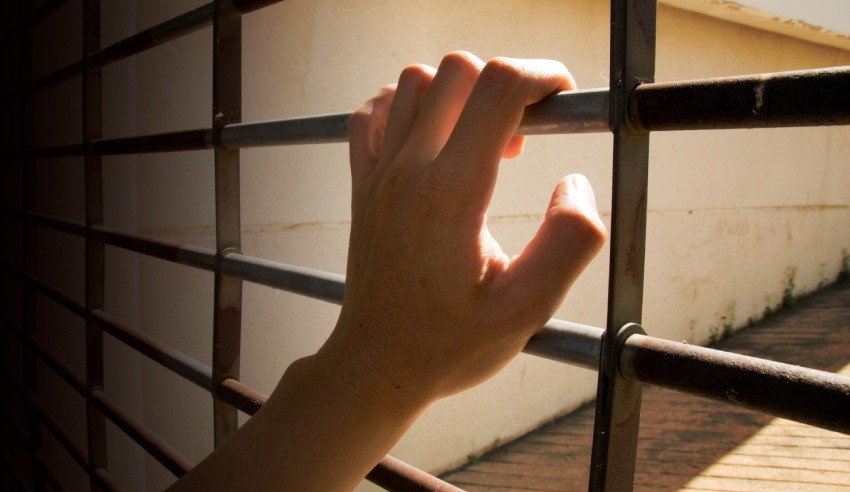The road to hell is paved with good intention and those good intentions led to Victoria to setting the age of criminal responsibility at 10 years. Here is what happened!
Young people (YP) are incarcerated for two reasons. Firstly because they commit serious offences and are sentenced by the courts and secondly because they are a danger to themselves and are typically incarcerated via administrative provisions.
Prior to 1989, YP under the age of 15 could not be sentenced by the courts. Instead, they were made ‘wards of the state’ and incarcerated under administrative agreements. A field worker (ie social worker or youth worker) would recommend to a senior bureaucrat within the child protection department to place the young person in a secure or locked environment. There was virtually no appeal to this decision, and moreover, they could be incarcerated for an indefinite period of time.
At the time, Victoria had the highest incarceration rate of YP in Australia- mainly- because young women were incarcerated in a facility called Winlaton Youth Training centre for being in ‘moral danger’.
The Children and Young Person Act (1989) set the age of criminal responsibility to 10 years specifically to limit the use of administrative incarceration. The rationale being that courts should make this decision not bureaucrats. There were some provisions for administrative incarceration, but incarceration was limited to 21 days and included multiple appeal or review processes.
The new legislation worked spectacularly well! The number of YP incarcerated in total (ie via the courts and via the administrative provisions) fell dramatically.
I support moving the age of criminal responsibility to 14 years. Unfortunately, there will still be the need to incarcerate YP between the age of 10 and 14 for both their own protection and the protection of the community. This in turn will almost certainly involve administrative incarceration. Therefore, Victoria needs to ensure that there are adequate standards of proof and accessible appeal processes in place to guard against unjust incarceration.

